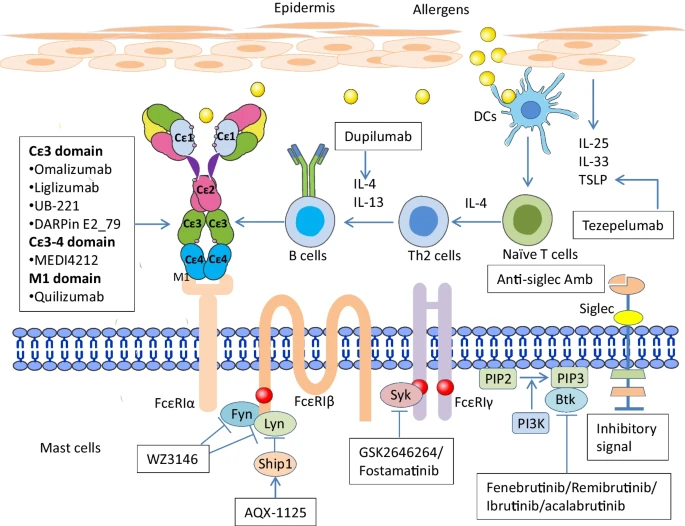Marita Nittner-Marszalska 1, Agnieszka Kopeć 1, Aleksandra Foks-Ciekalska 2, Aleksandra Lata 1, Agnieszka Bogacz-Piaseczyńska 2, Marta Rosiek-Biegus 1, Magdalena Zajac 2, Andrzej Bożek 2
Abstract
Among the potential hazards of HDM immunotherapy (AIT) with HDM allergenic extracts is the possible initiation of de novosensitizations caused by a lack of complementarity between a given HDM vaccine's content and a patient's molecular sensitization profile. To investigate whether immunotherapy with HDM extracts affects changes in the profile of sensitizations to allergens contained in the extract and whether neosensitizations occur. Serum samples from patients with HDM allergies (N=63) who received 1 year of treatment with subcutaneous AIT were tested for allergen-specific IgE (sIgE) reactivity to 7 microarrayed HDM allergen molecules (Der p 1, 2,10,11,23; D far 1 and 2) with ImmunoCAP. The HDM non-AIT patients (N=22) who did not receive immunotherapy constituted the study's control group.







